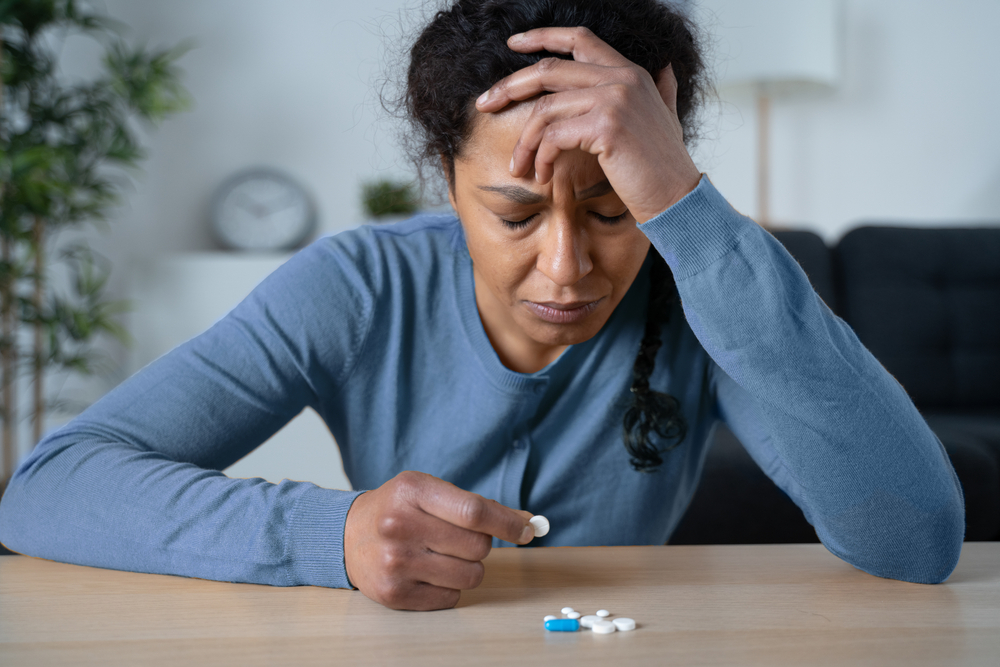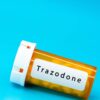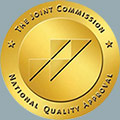Heroin is an illegal, highly addictive, psychoactive opioid drug. It is made from morphine, which is derived from the opium plant, poppy.
Heroin can be brown or white colored powder, or a black sticky substance (black tar heroin). Heroin goes by a variety of street names (e.g., Big H, Hell Dust, Dope, Snow, Brown, China White…etc.). The way heroin works is by rapidly entering one’s brain and binding to one’s opioid receptors. Opioid receptors are neurotransmitters that help to regulate the perception of feelings (e.g., pleasure, pain, etc.) in addition to other functions such as controlling heart rate, sleeping, and breathing. Heroin is classified by the United States Drug Enforcement Administration (DEA) as a Schedule I Controlled Substance, which is defined as a substance “with no currently accepted medical use and a high potential for abuse.” It is among the most addictive substances available.
Detox & Withdrawal Timeline
Due the fact that heroin carries intrinsically addictive qualities, an individual that abuses the substance is likely to experience a variety of adverse withdrawal symptoms when ceasing use. Every person is different and will undergo a somewhat unique experience when detoxing from heroin. The severity of withdrawal symptoms and length of time each system persists will depend on several contributing factors (e.g., the personal health history of the individual, the potency of the substance, if the substance is mixed with other drugs and/ or alcohol, the length of time the individual abused heroin, method of ingestion, the frequency of abuse, etc.). The general detox timeline is as follows:
- 6 to 12 hours after one’s last dose: the first symptoms of heroin withdrawal are likely to begin and usually peak after two to four days before subsiding, examples include:
- Insomnia
- Excessive sweating
- Nausea
- Chills
- Abdominal cramping
- Anxiety
- Muscle aches and/ or spasms
- 12 to 72 hours after one’s last dose: at this point additional digestive symptoms as well as psychological symptoms will begin, examples include:
- Vomiting
- Diarrhea
- Sleeping difficulties
- Depression
- Mood swings
- Beyond 72 hours after one’s last dose: peak withdrawal symptoms will ensue and can last for up to six days, examples include:
- Intense stomach pains
- Shivers
- Spasms
- Insomnia
- Loss of appetite
After ten days, any subsequent withdrawal symptoms that occur are known as post-acute withdrawal syndrome (PAWS). Although the withdrawal symptoms that occur from heroin detox are not known to be lethal, it is best to undergo detox from heroin in a supervised setting, to ensure the safety of the individual for the duration of the process.
For Information and Support
Contemplating detox can be a very challenging time. Before any individual can begin to work on the underlying issues contributing to their substance abuse problem, they must be separated from the substances in their systems. If you are concerned for yourself or a loved one regarding substance abuse, and/ or addiction we recommend reaching out for help as soon as possible. The earlier you seek support, the sooner you and your loved ones can return to leading happy, healthy, and fulfilling lives. Sherwood Detox offers a stand-alone detox program. For additional information on detox, please do not hesitate to contact us at: 818-626-9959 or feel free to email us anytime. One of our trusted counselors is available to talk and discuss how we can best support you on your journey.









